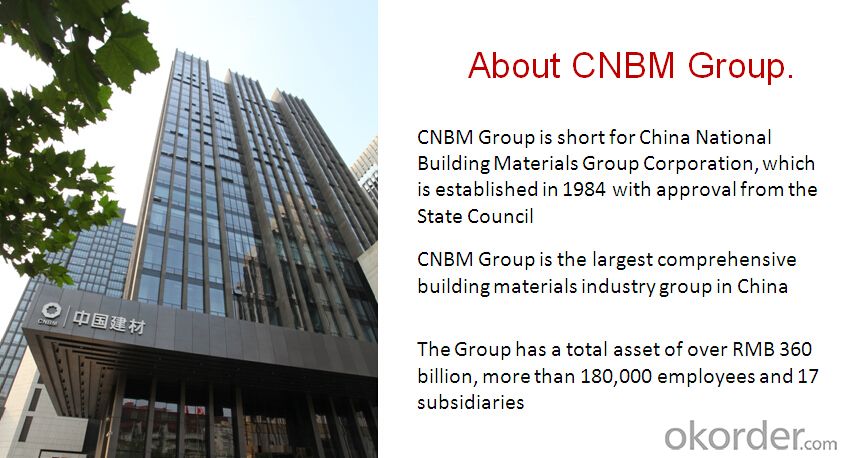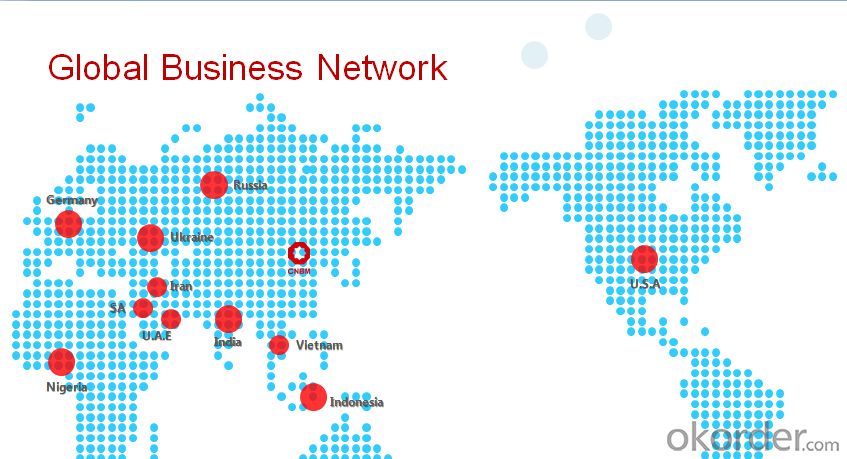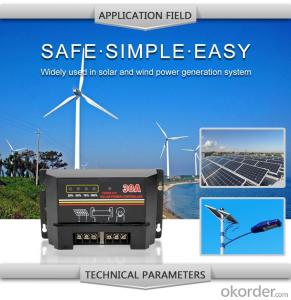Top Solar Controllers - ESA-1k/2k/3k Inverter/Charger Pure Sinewave Output with LF Transformer
- Loading Port:
- Shanghai
- Payment Terms:
- TT or LC
- Min Order Qty:
- 100 pc
- Supply Capability:
- 100000 pc/month
OKorder Service Pledge
OKorder Financial Service
You Might Also Like
Technical Features

Pure sinewave output
Input/output full isolation with LF transformer
Enhanced digital control techonology
High reliability with full protection functions
Built-in multi-stage AC charger
High surge capacity
Automatically transfers AC input power from inverter output
1. SX/SXN Series is a Sophisticated Solar Charge Controller Which Offers Exceptional Features at an Extremely Competitive Price;
2. Data Logging
The SX/SXN charge controller stores system data for one year;
3. High Reliability Design
Superior design ensures high degree of reliablity through PCB conformal coating and anti-corrosive screws and terminals. Full electronic protection againsst short circuits, overload, overcurrent, reverse flow, wrong polarity and over-temperature;
4.Multifunctional LCD Display
The SOC bar indicates the exact state of charge(available energy)as a percentage through the battery gauge symbol. Load status and nightlight function are displayed symbolically;
5. Negative Grounding(SXN);6. Positive Grounding (SX);
7. Various Optional System Accessories;
8. Overcharge Protection;
9. Overdischarge Protection Selectable LCD Modes.

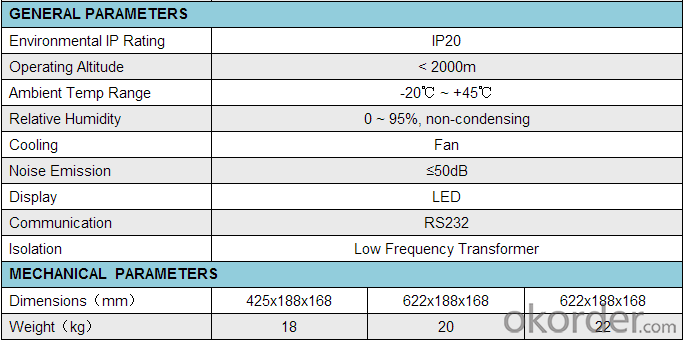
FAQ
Q: What is the warranty of this product ?
All the products have one year warranty.any quality problem not contain the manmade damage. For the details please contact with me.
Q: The product can be costomzied logo printing?
Yes, we have focused on solar charger and power bank for 8 years, OEM is welcome.
Q:What is the charging conversion rate ?
The charging convesion rate is 75%~80%.but when you charging mobile phone you may feel the conversion rate is not so high. That is nomal. For the 75% is the power bank dischaging rate, when charging mobile phone, the battery of phone itself have conversion rate too. so that's the reason.
For more detail infomation, please don't hesitate to contact with me.
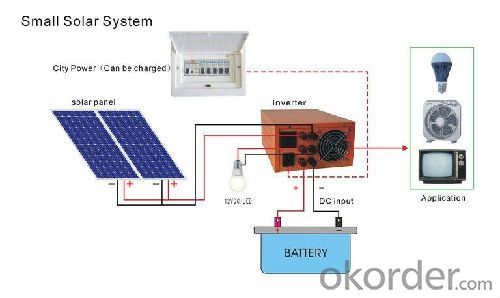
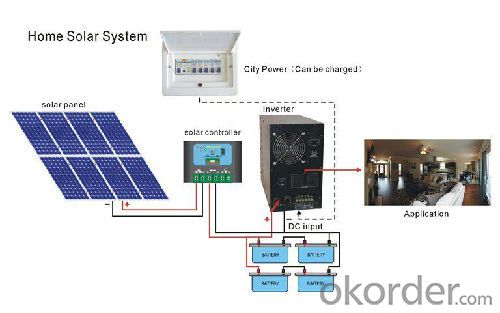
- Q: Can a solar controller be used with a solar-powered lighting system?
- Yes, a solar controller can be used with a solar-powered lighting system. The solar controller helps regulate the charging and discharging of the batteries in the lighting system, ensuring optimal performance and extending battery life. It also provides protection against overcharging and over-discharging, making it an essential component for efficient operation of a solar-powered lighting system.
- Q: How does a solar controller regulate the charging and discharging of batteries?
- A solar controller regulates the charging and discharging of batteries by monitoring the voltage and current output from the solar panels. It ensures that the batteries are charged efficiently by adjusting the amount of energy being transferred from the solar panels to the batteries. Additionally, the solar controller prevents overcharging by limiting the voltage supplied to the batteries, and it also prevents deep discharging by disconnecting the load when the battery voltage drops below a certain level. Overall, the solar controller acts as a protective device that optimizes the charging and discharging process to maximize battery life and performance.
- Q: What is the maximum voltage drop allowed between the solar panels and the batteries?
- Several factors determine the maximum allowable voltage drop between the solar panels and the batteries. These factors include the battery type and capacity, the distance separating the panels and batteries, and the efficiency of the charging system. To ensure efficient charging and minimize energy loss, it is generally advised to maintain a low voltage drop. A widely accepted guideline suggests limiting the voltage drop to approximately 3% to 5% of the total system voltage. For instance, if the batteries are rated at 12V and the solar panels are connected in a 24V system, the maximum voltage drop should range from 0.36V to 0.6V (3% to 5% of 12V). To achieve this, it is crucial to employ adequately sized wires with minimal resistance, reduce the distance between the panels and batteries, and consider the utilization of voltage regulators or charge controllers to optimize the charging process. To ensure the voltage drop remains within the recommended limits, it is vital to consult the guidelines and specifications provided by the manufacturers of both the solar panels and batteries.
- Q: How does a solar controller handle variations in solar panel degradation?
- A solar controller handles variations in solar panel degradation by continuously monitoring the output voltage and current of the solar panels. It adjusts the charging parameters and controls the charging process to ensure optimal performance, even if there are variations in the panel's degradation over time. This helps to maximize the efficiency and lifespan of the solar panels.
- Q: Can a solar controller be used in a solar-powered disaster relief system?
- Yes, a solar controller can be used in a solar-powered disaster relief system. A solar controller helps regulate the flow of electricity from the solar panels to the batteries, preventing overcharging and ensuring efficient power storage. This is essential in disaster relief systems where reliable and sustainable energy sources are crucial for powering essential equipment and providing electricity to affected areas.
- Q: Can a solar controller be used with a solar-powered pool heating system?
- Yes, a solar controller can be used with a solar-powered pool heating system. A solar controller helps regulate and optimize the performance of the solar panels, ensuring efficient heating of the pool water. It monitors and adjusts factors such as temperature, flow rate, and system operation, making it an essential component for maximizing the effectiveness of a solar-powered pool heating system.
- Q: Can a solar controller be used with solar-powered water pumps?
- Yes, a solar controller can be used with solar-powered water pumps. A solar controller helps regulate the voltage and current from the solar panels to ensure optimal charging and protection of the batteries. It can also control the operation of the pump, allowing it to start and stop based on the available sunlight and water demand.
- Q: How do you test the functionality of a solar controller?
- To test the functionality of a solar controller, you can follow these steps: 1. Connect the solar controller to a solar panel and a battery bank, ensuring all connections are secure and properly wired. 2. Verify that the solar controller is receiving power from the solar panel by checking the LED indicators or digital display, if available. 3. Monitor the charge status of the battery bank to ensure the solar controller is effectively regulating the charging process. The battery should show an increasing charge level over time. 4. Test the different charging modes and settings of the solar controller, such as bulk, float, or equalization charging, to ensure they function correctly. 5. Measure the voltage output of the solar controller to confirm it matches the expected values for the specific battery bank. 6. If applicable, test any additional features of the solar controller, such as load control or temperature compensation, to ensure they are operating as intended. 7. Observe the controller's behavior during different weather conditions, such as low light or cloudy skies, to assess its ability to adjust charging parameters accordingly. 8. Finally, compare the solar controller's performance with the manufacturer's specifications to ensure it meets the expected standards. By following this testing process, you can evaluate the functionality and performance of a solar controller and ensure its proper operation in a solar power system.
- Q: Can a solar controller be used in a solar-powered data center?
- Yes, a solar controller can be used in a solar-powered data center. A solar controller regulates the charging and discharging of batteries in a solar power system. In a solar-powered data center, the solar controller plays a crucial role in managing the flow of energy from the solar panels to the batteries, ensuring optimal use of the available solar power.
- Q: Can a solar controller be used with different types of solar panel shading systems?
- Yes, a solar controller can be used with different types of solar panel shading systems. The main function of a solar controller is to regulate and optimize the charging of batteries from solar panels. It does not depend on the type of shading system being used. As long as the solar panels are connected to the solar controller, it can efficiently manage the charging process regardless of the shading system in place.
Send your message to us
Top Solar Controllers - ESA-1k/2k/3k Inverter/Charger Pure Sinewave Output with LF Transformer
- Loading Port:
- Shanghai
- Payment Terms:
- TT or LC
- Min Order Qty:
- 100 pc
- Supply Capability:
- 100000 pc/month
OKorder Service Pledge
OKorder Financial Service
Similar products
Hot products
Hot Searches
Related keywords




